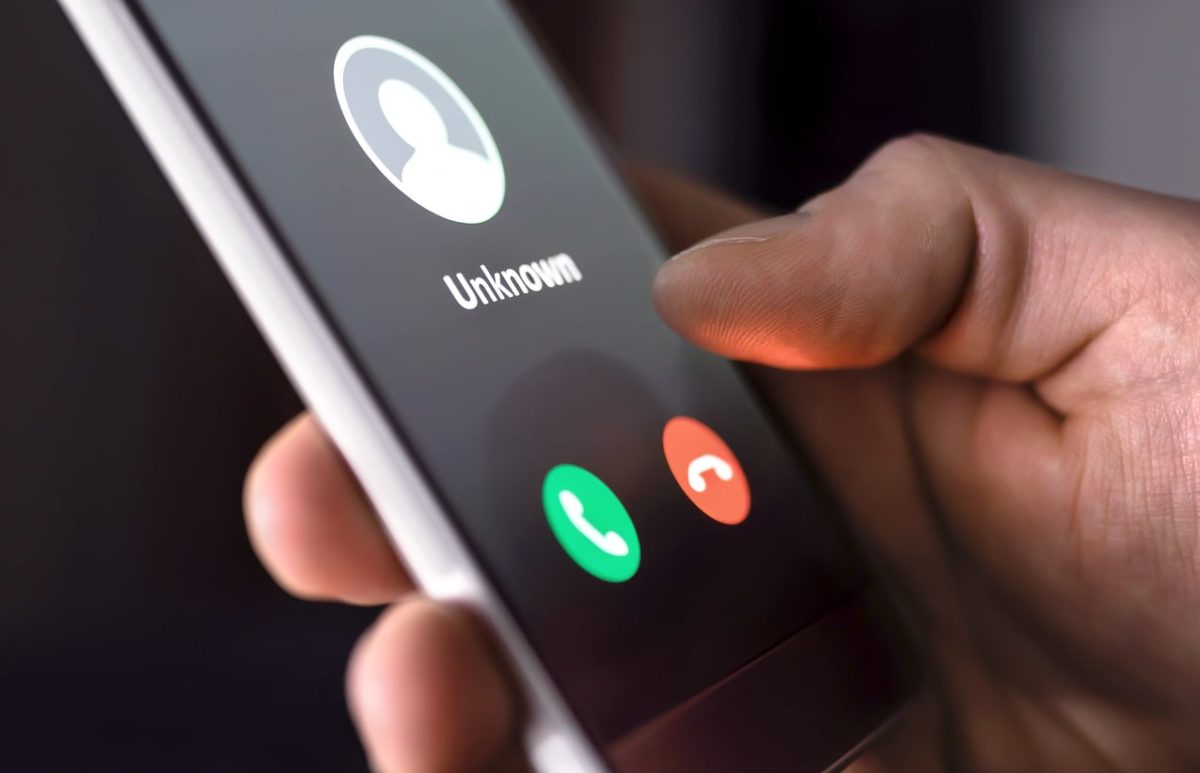
According to data from YouMail, a robocall management company, robocalling surged by 60 percent in 2018. But that was last year before a big push in spoofing numbers started to take hold. This year, while the total numbers aren’t in on how many calls have been pestering people, spoofing and bank fraud have become more prevalent.
Spoofing occurs when a telemarketer disguises their number with a trusted number or one that doesn’t look like it’s a robocall. Spoofing can apply to emails, phone calls, and websites, and can even apply to IP addresses on servers. This rise in technical sophistication has also opened the door for newer phone scams to work their way into individuals’ phones and bank accounts.
Fraudulent phone calls have hit an all-time high in recent years and have scammed Americans out of billions of dollars. And as banks and other financial institutions are trying to catch up with different phone scams, the scams are already morphing into a new form, using a bank’s real phone number to get people to provide their PIN number.
Banking On Your Information
Scammers will start out by calling people claiming to be a bank. They explain that someone has attempted to use their card, usually somewhere abroad or across the country. They’ll ask for verification that it wasn’t the person who they’re calling and ask for an identification number, like a banking member number. From there, they can unlock a bank account by resetting the password, triggering a verification code sent to someone’s cell phone.
The individual calls back, provides the verification PIN, and the scammer is in. Throughout this entire transaction, the scammer is masked and looks like they’re calling and messaging from the bank itself, making it seem legitimate.
Scrambling for a Solution
For now, banks are trying to find ways to patch up their networks to avoid scam issues regarding their customers’ information. But having an understanding of some basic protocol can save people major headaches and financial loss.
First, a bank should never ask someone to transfer money from one account to another. Also, if someone is being scammed and they go through the order of things where they are given a code, they should hang up and call the number on the back of their card or what’s online, rather than the number that comes through the caller ID.
Phone scams and other fraudulent acts executed by tricking callers are also turning the attention toward banks. The argument here is that banks’ network infrastructures should be more secure and more apt to cracking down on fraudsters quicker, saving people from losing money and time, and banks from being hit with cybercrime claims.
There are bank crime insurance options that can help banks stay protected during a claim, but having more sophisticated network security and digital diligence should be the key. Bank crime insurance can protect financial institutions from major cybercrime-related claims, providing them with the resources they need to keep major fines and payouts away. But, for now, banks should also be looking into ensuring their customers that spoofing and phone scams are on the rise.
About Financial Guaranty Insurance Brokers
Since 1983, Financial Guaranty Insurance Brokers has distinguished itself as a provider of Professional Liability, Cyber Liability, and Crime insurance products for entities of all types. To receive timely, personalized service from a knowledgeable and experienced staff, call us today at (626) 793-3330 to speak with one of our professionals.


